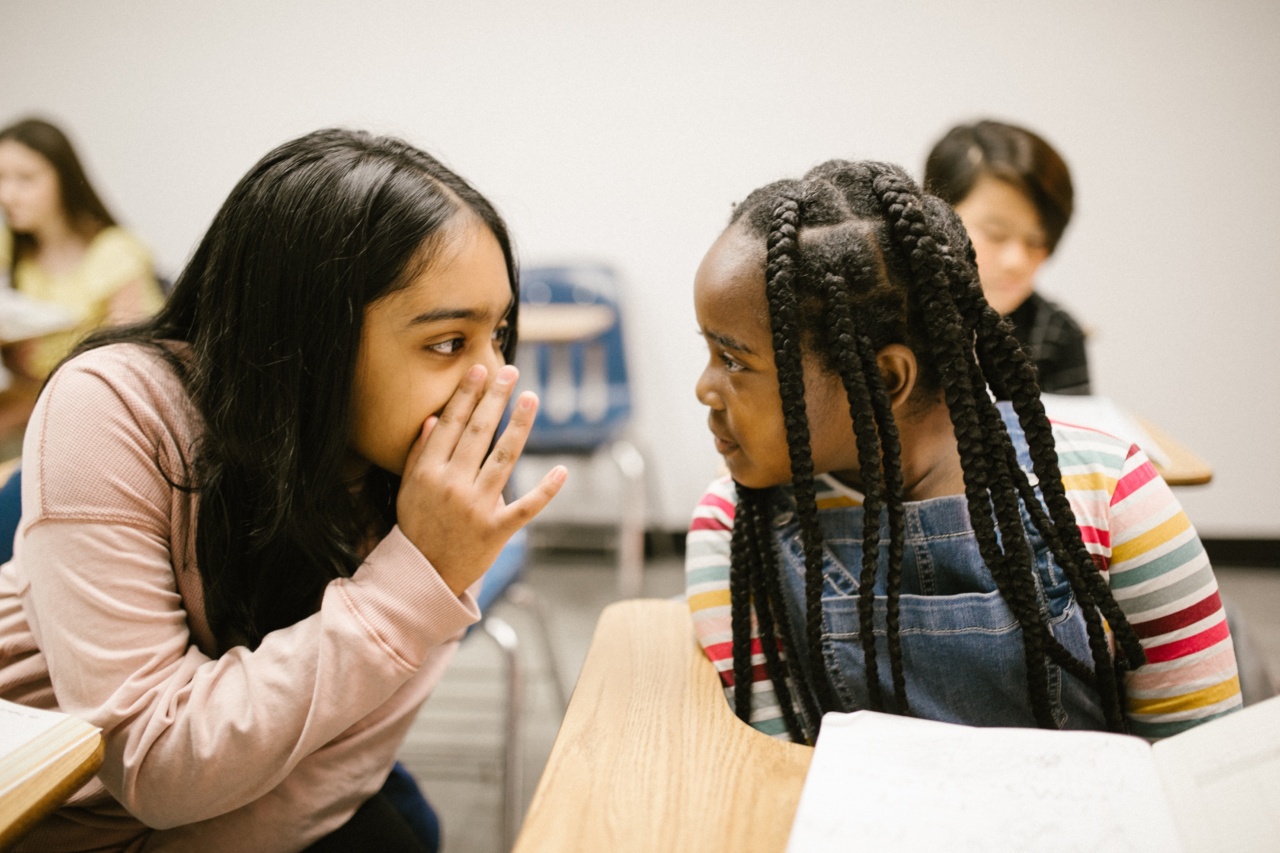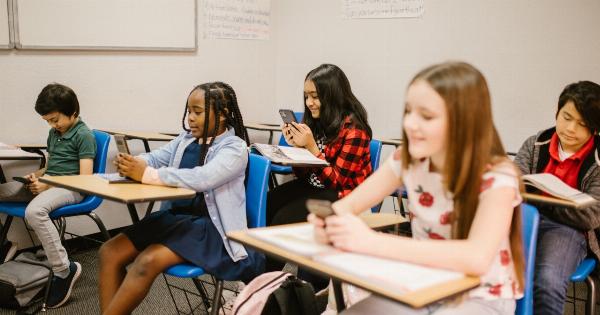Bullying is a pervasive issue in schools that adversely affects the well-being and academic success of students. It involves repeated aggressive behavior, whether physical, verbal, or relational, that intends to harm or ostracize an individual or group.
The long-term consequences of bullying can be severe, leading to mental health issues, decreased self-esteem, and poor social adjustment. This article aims to provide parents and students with valuable resources to effectively address and combat bullying in schools.
Understanding Bullying
It is crucial to understand the different types of bullying to recognize and address them appropriately:.
1. Physical Bullying
Physical bullying involves direct physical aggression such as hitting, kicking, pushing, or damaging someone’s belongings. It is the most visible form of bullying and often leaves visible injuries and marks.
2. Verbal Bullying
Verbal bullying includes name-calling, teasing, insulting, racial slurs, or spreading rumors. It can cause emotional distress, leading to anxiety, depression, or even suicidal thoughts.
3. Relational Bullying
Relational bullying focuses on damaging a person’s relationships or social status. It involves spreading rumors, intentionally excluding individuals, or manipulating friendships and alliances.
4. Cyberbullying
Cyberbullying occurs through digital platforms such as social media, emails, or text messages. It can involve harassment, spreading rumors, sharing inappropriate content, or impersonating someone online.
The Impact of Bullying
Bullying can have far-reaching consequences on victims, bullies, and bystanders:.
1. Emotional and Psychological Effects
Victims of bullying often experience anxiety, depression, loneliness, and decreased self-esteem. They may have difficulty concentrating in school and may develop a negative perception of themselves and their abilities.
2. Academic Consequences
Bullying can significantly impact a student’s academic performance. The fear of attending school, constant emotional distress, and decreased concentration can lead to poor grades, absenteeism, and even school dropout.
3. Long-Term Effects
Bullying experiences during childhood can have long-lasting effects. Victims may struggle with mental health issues well into adulthood, have difficulty forming healthy relationships, and face challenges in their career and personal lives.
Preventing Bullying
Prevention is key when it comes to addressing bullying in schools. Here are some strategies to consider:.
1. Encouraging Open Communication
Parents should create a safe environment for their children to share their experiences and concerns about bullying. Open communication helps identify early signs of bullying and allows parents to intervene promptly.
2. Teaching Empathy and Respect
Parents and educators should teach children empathy and respect towards others, fostering an inclusive and compassionate school environment. Children must understand the impact of their actions on others and learn to treat everyone with kindness.
3. Building Strong Relationships
Developing positive relationships with teachers, mentors, and peers can help buffer the effects of bullying.
Encouraging children to participate in extracurricular activities, sports, or clubs can provide a supportive network and boost their self-esteem.
Responding to Bullying
When faced with bullying, it is important to respond appropriately:.
1. Documenting Incidents
Parents and students should document instances of bullying, including dates, times, locations, and descriptions of the events. This evidence can be crucial when reporting the bullying to school authorities.
2. Reporting to School Authorities
Parents and students must report bullying incidents to teachers, principals, or counselors. The school authorities can then initiate appropriate investigations and take necessary disciplinary actions against the bullies.
3. Seeking Support
Victims of bullying and their families should seek support from counselors, therapists, or support groups to cope with the emotional distress. Professional help can assist in developing effective coping strategies and building resilience.
4. Promoting a Culture of Empowerment
Encouraging individuals to stand up against bullying and promoting a culture of empowerment can significantly reduce bullying incidents. Students should be empowered to report bullying and support their peers who are victims.
Conclusion
Bullying in schools is a serious issue that requires the collective effort of parents, students, educators, and society as a whole to combat effectively.
By understanding the different forms of bullying, its impact, and implementing preventive measures, we can create safe and inclusive learning environments for all students. Together, we can empower individuals and eradicate bullying from our schools.




























